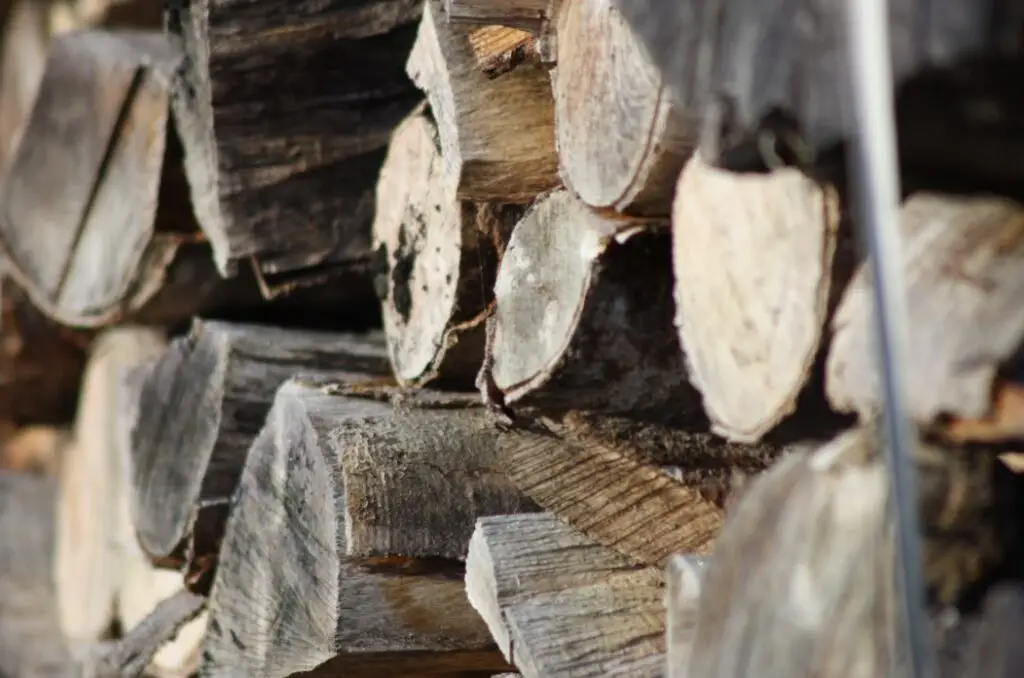
TIPS TO HELP YOU REDUCE POLLUTION AND SAVE MONEY
- Use dry wood. A newly felled tree contains a lot of moisture. When burning wet wood some energy is spent to burn away this moisture. If the wood was dry this energy could be used to heat your room. Burning wet wood will also create more smoke and pollution by reducing the burning temperature. This can produce more tar and soot that can accumulate in your chimney increasing maintenance costs and the risk of a chimney fire.
- Natural drying of wood is called seasoning. You can season freshly chopped wood before burning it. Cut and split the wood into manageable pieces and leave it under cover to air-dry over the warmer months. Firewood needs at least two summers to dry down to the recommended 20% moisture. A hollow sound when tapping indicates dry logs but it is best to test them with a moisture meter before you burn them in your fire.
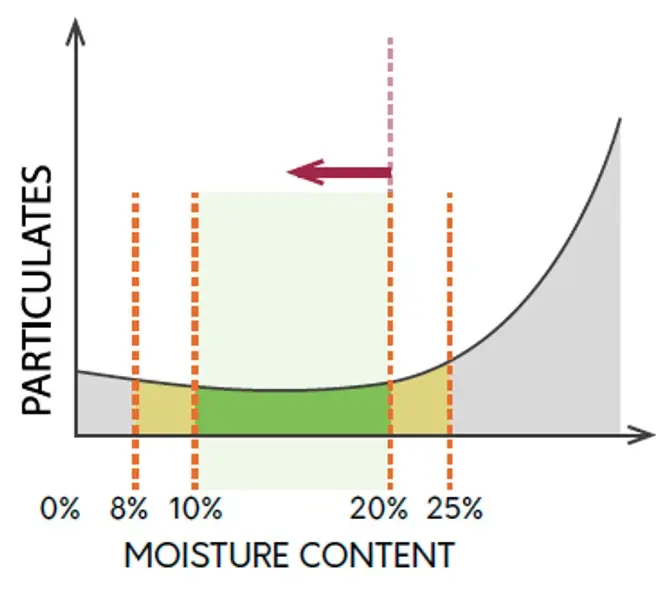
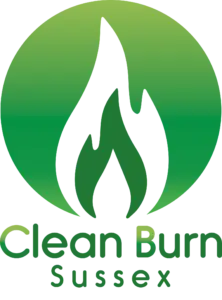
- Research has shown that the 10% to 20% moisture range for wood is likely to be optimal for both heat output and reducing emissions. Very dry wood of less than 8% moisture can lead to initial rapid burn, making the process less efficient
- You can buy wood that has been seasoned for you. Look out for Woodsure Ready to Burn label.
- If you use house coal, choose approved smokeless fuels such as anthracite or smokeless fuel. Smokeless fuel (or anthracite) burns with less smoke that coal but some mixtures with petcoke ( a waste product from oil refineries) can contain high quantities of sulphur. Make sure that your smokeless fuel is a low-sulphur type authorised for use in Smoke Control areas. Look for the Approved Coal Merchants Scheme logo when buying coal fuel.
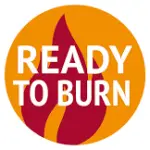
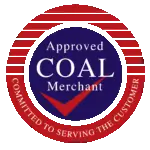
- Do not burn treated waste-wood or household rubbish. This can contain pollutants that are highly toxic, like arsenic which is used as a wood preservative or lead that is found in old paints.
- If you burn coal opt for smokeless fuel with low sulphur content instead of traditional house coal. Currently there is no requirement to label fuels by sulphur content, but fuel approved for use inside smoke control areas must have less than two percent sulphur. Some smokeless solid fuels that are marketed for sale outside smoke control areas have a sulphur content that is significantly higher. High sulphur content fuels are harmful to human health and the environment. They can also cause damage to stoves and chimneys.
- Due to their carbon content, burning coal and many types of smokeless fuels has a very large climate impact compared with other fuels. Scientists are also questioning the perceived climate neutrality of burning wood. The climate impact of burning wood depends on where the wood comes from.
Find accredited fuel options on the HETAS website: https://www.hetas.co.uk/find-fuels
Find wood fuel suppliers: https://woodsure.co.uk/wood-fuel-suppliers/
HOW TO BURN WOOD CLEANLY
Improving your wood-burning techniques benefits more than just your emissions output.
- Reduce your environmental impact by reducing smoke and emissions
- Increase heat output, therefore improving fuel efficiency and saving you money.
- Make it easier to light a fire.
If you are burning fuels correctly your chimney will not be producing much smoke. Make sure that any smoke produced from your chimney is not blowing into your neighbour’s house.
Watch a video about wood-burning techniques
Depending on your stove you could try some tips from New Zealand: https://www.warmercheaper.co.nz
For example, did you know:
- 1kg of freshly cut wood contains around a pint of water. This takes a lot of energy to burn off and creates a lot of smoke
- low temperature burning and poor mixing of air and fuel, leads to incomplete combustion releasing carbon monoxide and soot
NAVIGATE CLEAN BURNING PAGES
Next page: FUNDING and GRANTS
Previous page: STOVE EMISSIONS
